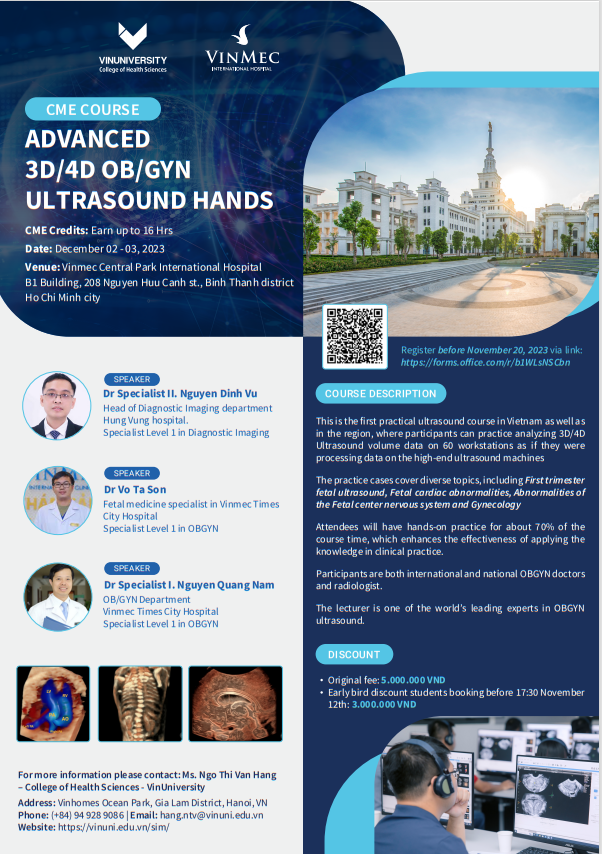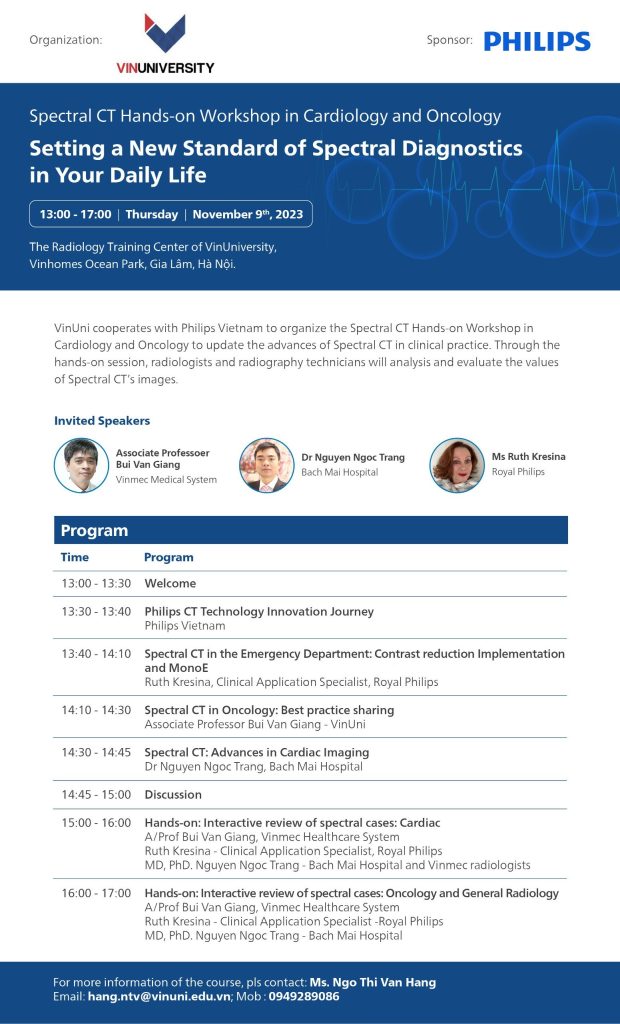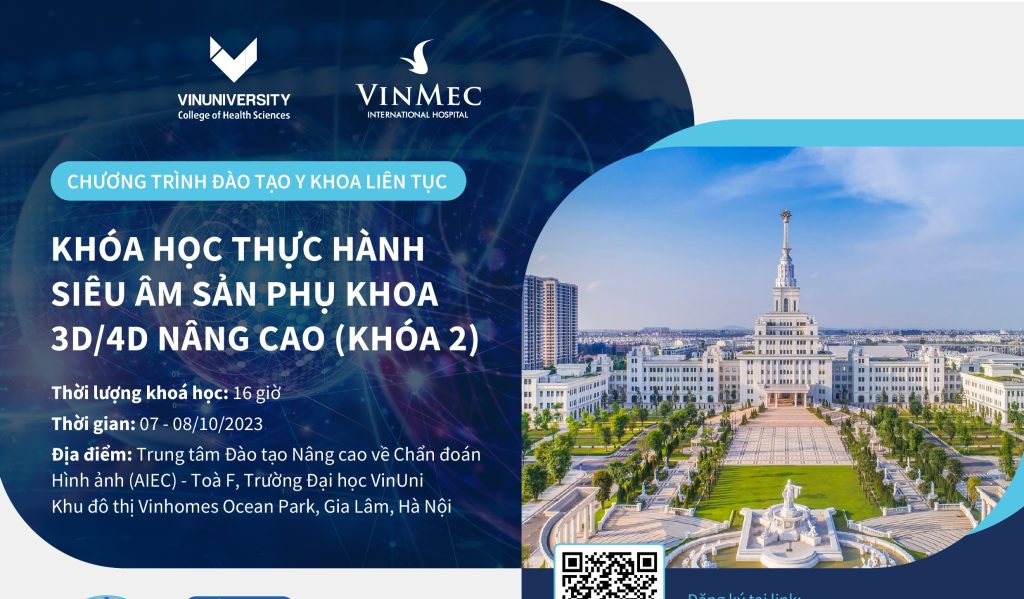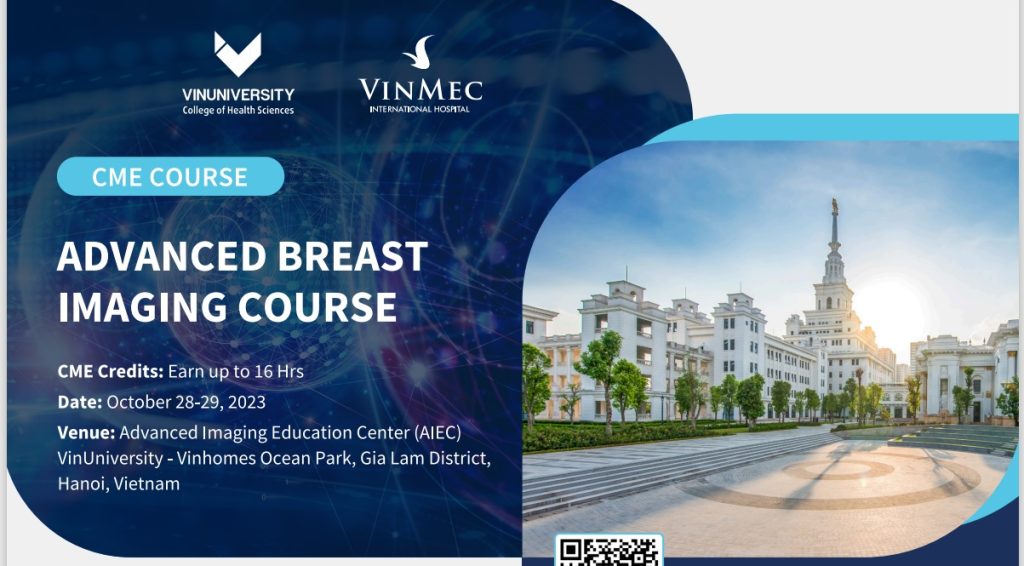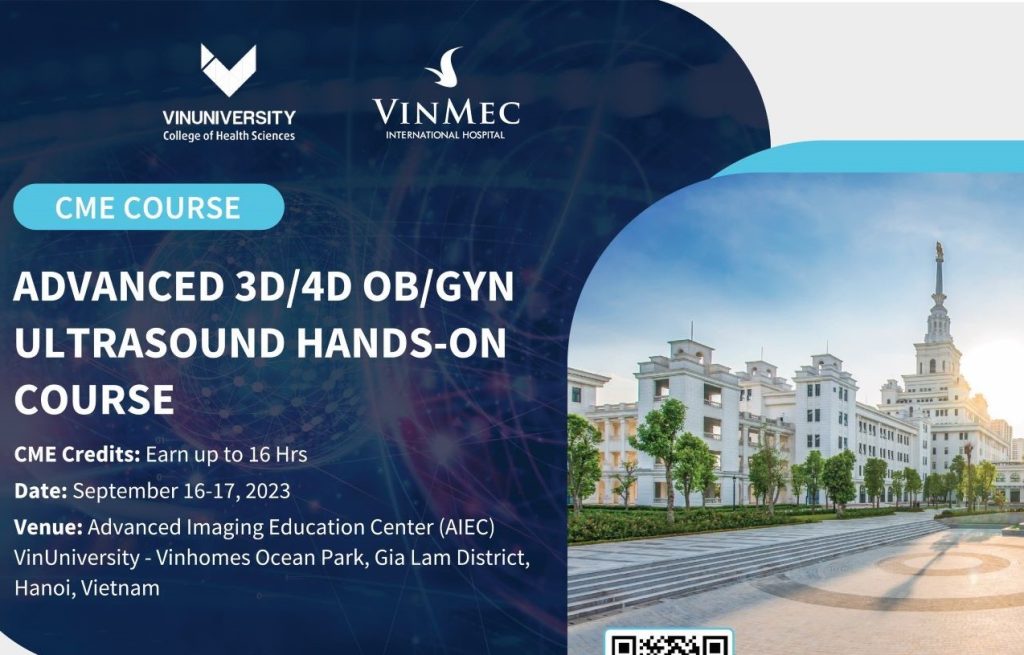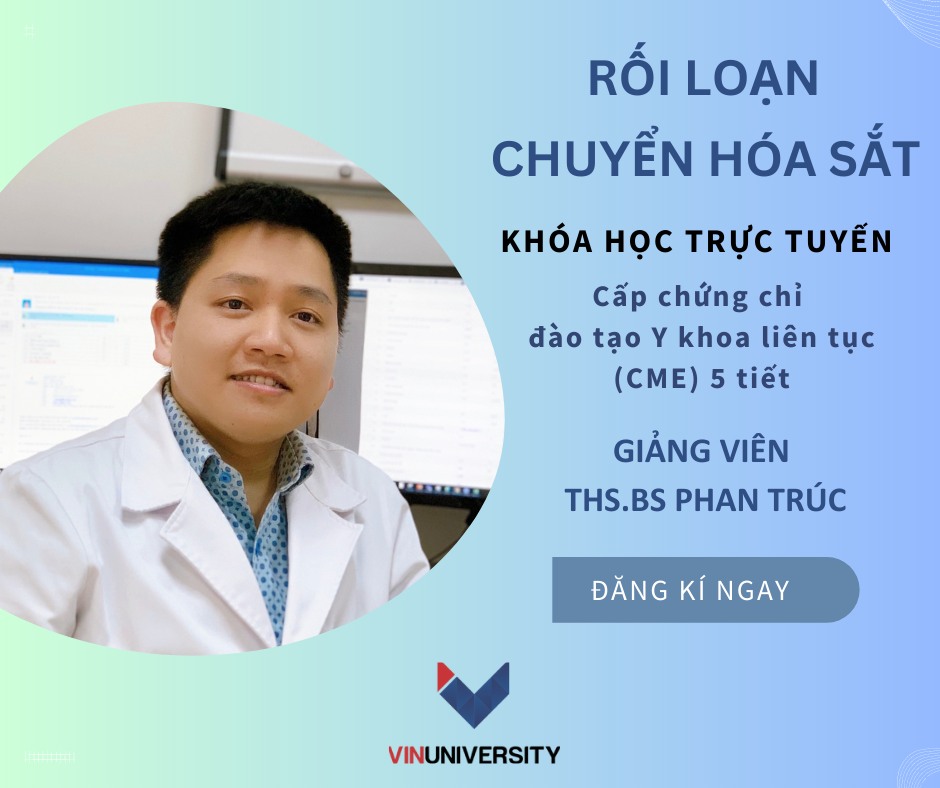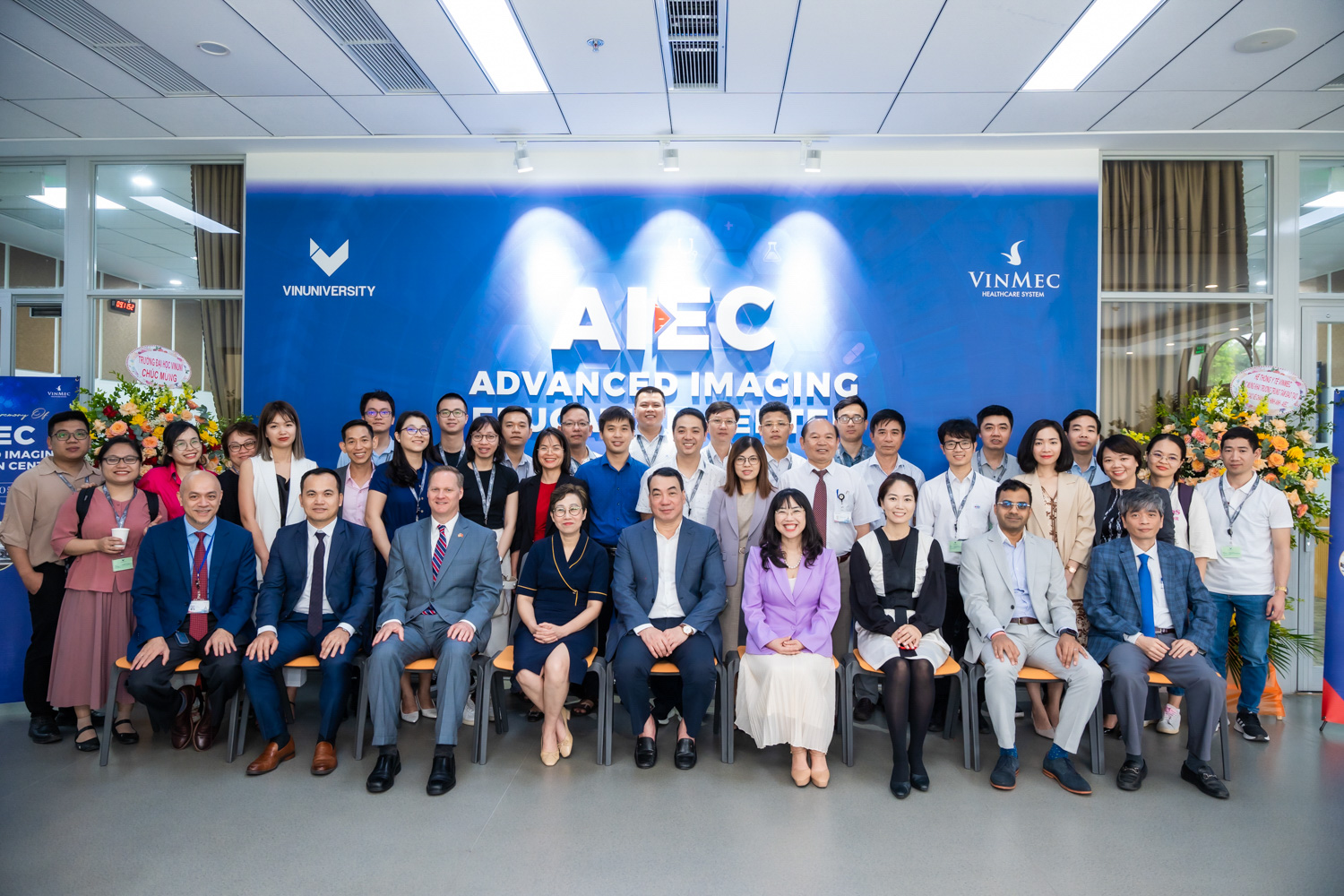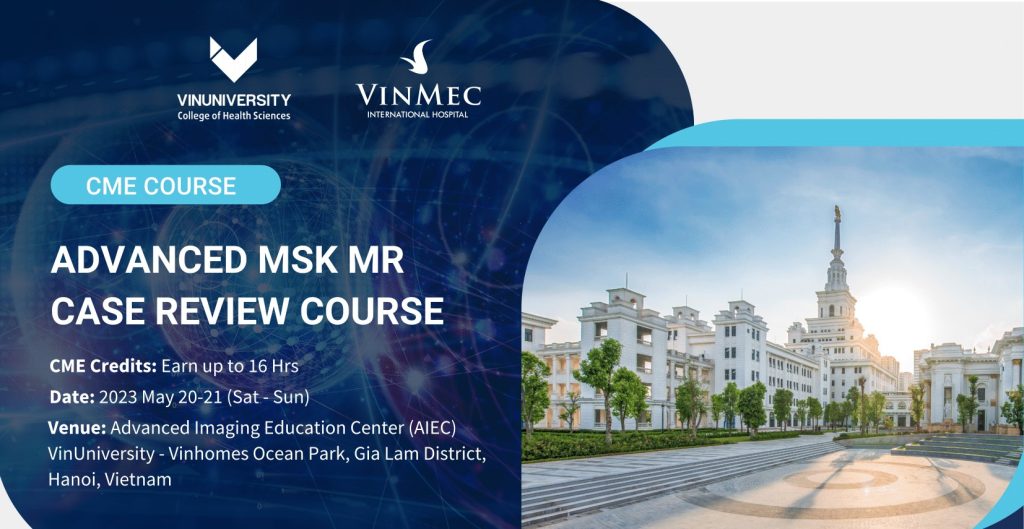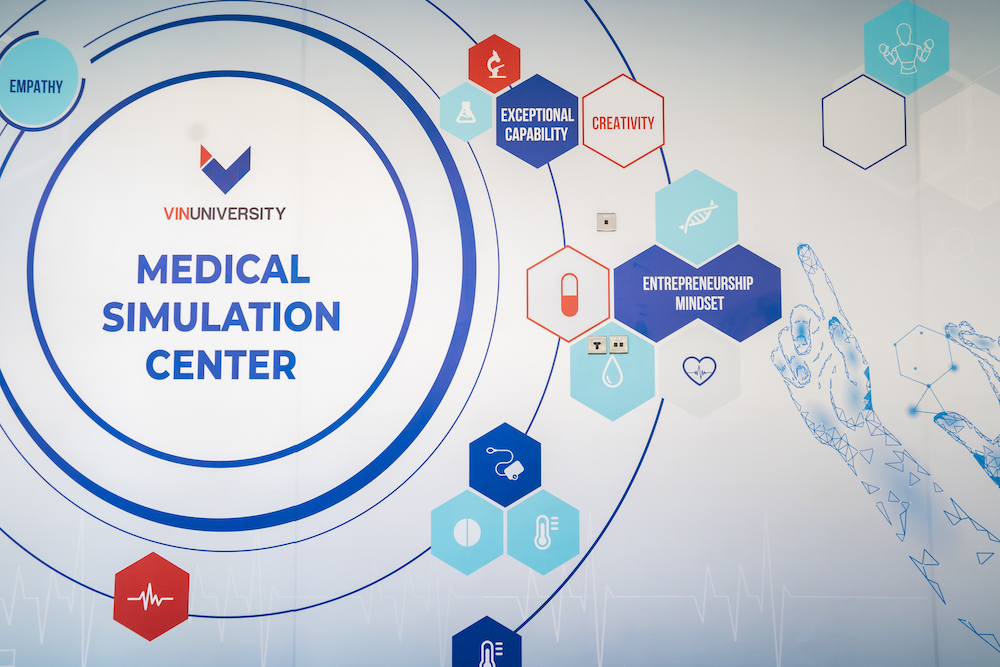Professor Chien and his research team’s new method eradicates malaria parasites in 100% of patients in just 3 days. Most notably, this method does not induce drug resistance and costs only 1 USD per tablet. Currently, the US Food and Drug Administration (FDA) is considering approval for the team’s research achievements.
Solving the problem most effectively and cost-efficiently
In July 2019, The Lancet – the world’s leading medical journal – published a study on tropical diseases that took the scientific community by storm: drug-resistant “super malaria” is spreading rapidly in Southeast Asia. The study warns that roughly a third of treatments in Vietnam have failed, while in some parts of Cambodia the failure rate is as high as 60%. If “super malaria” was to spread to Africa, which accounts for 92% of the annual 200 million infections and 400,000 deaths worldwide, it would be a global disaster.
At the time, Professor. Huynh Dinh Chien (College of Health Sciences, VinUniversity) and his foreign colleagues had discovered a new and patented anti-malaria drug formula in Italy. This was an amalgamation of Tyrosine Kinase inhibitors and the Artemisinin-based combination therapy, which was used all over the world.

Dr. Philip Low at the malaria lab at Purdue University
However, “Out of the hundreds of Tyrosine Kinase inhibitors, identifying the most effective and most cost-efficient type was the biggest obstacle to overcome“, said Prof. Chien.
According to the VinUniversity professor, malaria is not only a disease that predominantly plagues poor countries, but is also a root cause of poverty. In Vietnam, though the national anti-malaria program has achieved many successes, this deadly disease continues to ravage many parts of Southwest, Central Highlands, and Central Vietnam, particularly border areas.
Shortly after their intense research, Prof. Chien and his colleagues – Prof. Philip Low from Purdue University (USA) and Prof. Francesco Turrini from the University of Turin (Italy) – managed to find a new “weapon” to combat the drug-resistant “super malaria”, by combining Imatinib – a drug used in chronic myeloid leukemia treatment – with the world’s standard treatment therapy.

Prof. Huynh Dinh Chien (outermost left), Prof. Francesco Turrini (2nd from left) and working group from Purdue University (USA), Torino and Sassari University (Italy) (photo taken at Huong Hoa District’s Medical Center, Quang Tri Province in early 2019)
The 2nd phase of the clinical trial was carried out in Huong Hoa, Quang Tri Province – where the drug-resistant “super malaria” strain circulated – saw very positive results: the new method was able to eliminate all malaria parasites in 90% of patients within 48 hours and in 100% of patients within 3 days. Most importantly, this breakthrough method did not result in any drug resistance.
“The malaria parasite causes illness and death by entering red blood cells, multiplying, and breaking down red blood cells. This new method has the ability to stabilize the red blood cell membrane, causing the parasite to multiply but not be able to escape, and eventually be eliminated. Because it does not have the same effect on malaria parasites as the current method, it is supposed to be the first method not to induce drug resistance”, Prof. Chien explained.

Artemisinin Resistance plot: This Manhattan plot displays results of a genome-wide association studies (GWAS) in order to analyze artemisinin resistance. Each dot represents an amino acid change in the parasite’s genome and its location on chromosomes. The location of the dot on the y-axis shows how strongly that genetic change is associated with artemisinin resistance. We observe a kelch13 mutation with significant association with artemisinin resistance. We also identify mutations in other genes, arps10, fd, mdr2 and crt, that have associations with artemisinin resistance. Source: Genetic architecture of artemisinin-resistant Plasmodium falciparum, Nature Genetics 47, 226-234 (2015) doi: 10.1038 / ng.3189.
According to Prof. Chien, the drug’s production cost, which combines Imatinib and Artemisinin-Piperaquine drugs, is approximately 1 USD per tablet. With a 3-day treatment, it requires only 6 USD for a malaria patient to be completely cured.
The research team has applied for a priority international patent, and at the same time, has sought approval from the US Food and Drug Administration (FDA) regarding their new research finding.
Applying scientific achievements to serve humanity
Although the new drug can be considered a “panacea” that would save hundreds of millions of lives, the team states that they are willing to transfer this technology for no profit to any company that commits to distribute these drugs to places affected by malaria.

Blood specimen collection training at the A-Tuc Village’s Medical Center, Huong Hoa District, Quang Tri Province
“Malaria patients are mostly poor people living in remote and isolated areas who tend to be disadvantaged in society. We hope that they can have a healthier and better life”, Prof. Chien shared.
According to Prof. Do Ngoc Minh, Vice Provost of VinUniversity, Prof. Chien and his international colleagues’ mindset of applying scientific achievements to serve humanity is in line with what VinUni pursues. At the moment, nearly 100% of VinUni professors and lecturers are collaborating with international scientists on joint research projects, which mostly aim to serve the community.
“Had VinUni’s projects not been widely applicable, community-centered or on par with international standards, we would not have been able to engage international scientists,” evaluated Prof. Minh.

Prof. Francesco Turrini (outermost left), Dr. Philip Low (2nd from left), Prof. Huynh Dinh Chien (3rd from left) and medical staff surveying the clinical trial location in A-Tuc Village, Huong Hoa, Quang Tri
As one of the world’s top 2% most influential researchers, Prof. Minh shared that at VinUni, teaching and research are equally important. Research not only helps create new knowledge for teaching, but also serves as inspiration for students. According to Prof. Minh, a VinUni “specialty”, which is unlike that of any other renowned institution, is the fact that students have the opportunity to take part in research projects led by professors and lecturers right from their first year. Instead of simply enjoying the fruits of research, students gain early exposure by directly taking part in this knowledge-creation process, giving them insight into the academic world.
According to Prof. Minh, individual growth is best achieved by learning from role models, which cannot be inorganically created.
Similarly, Prof. Chien believes that individuals without sufficient exposure would not be able to compete internationally. He also admits that his research achievements today would not be possible without his many decades of accompanying and learning from humanity’s “great minds”.

